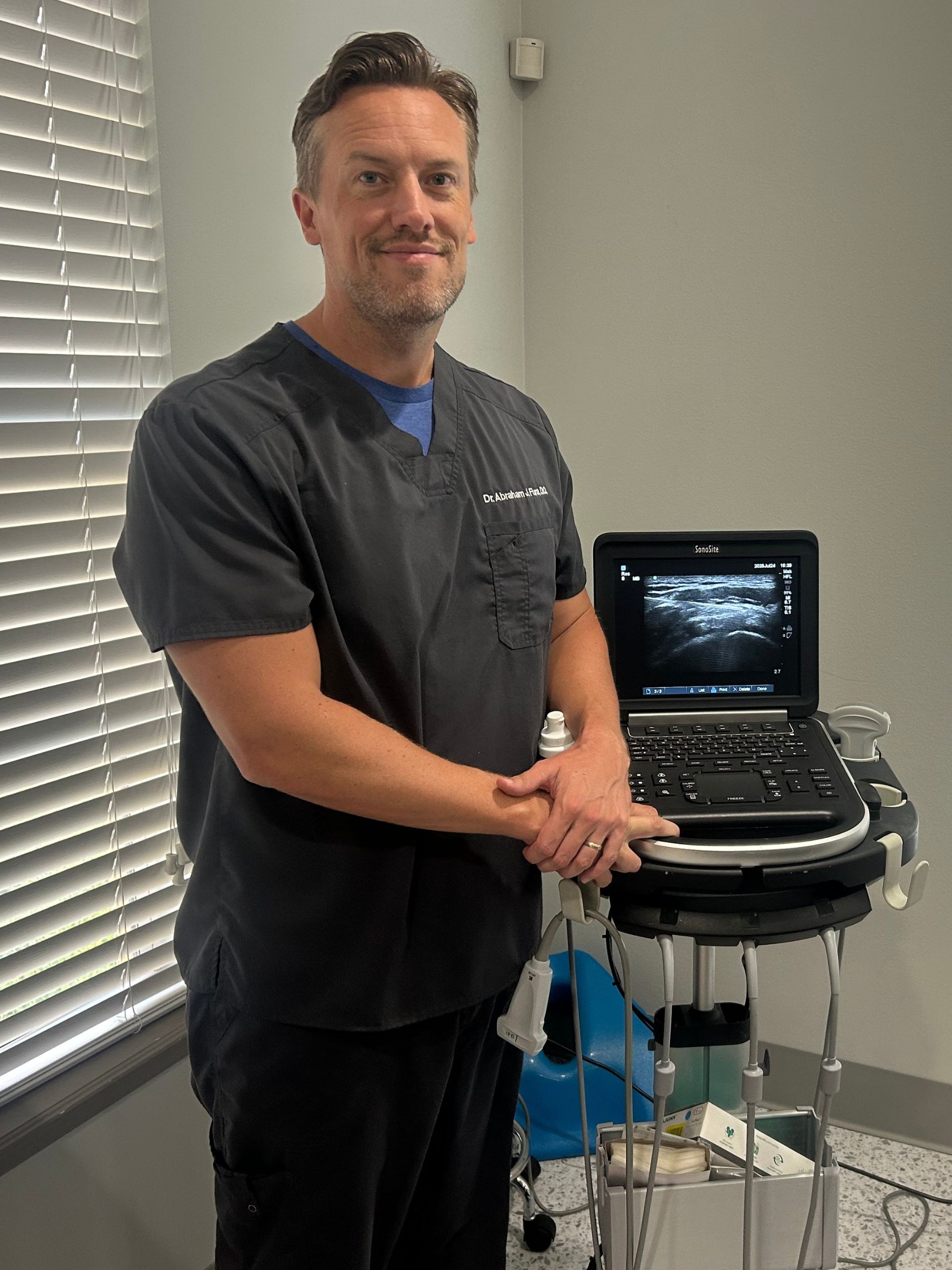
CONDITION OVERVIEW
Sciatica is not a medical diagnosis itself, but rather a symptom of an underlying condition. It refers to pain that radiates along the path of the sciatic nerve, the longest nerve in your body, which branches from your lower back through your hips and buttocks and down each leg. Sciatica occurs when this nerve or its contributing nerve roots are compressed or irritated. The key to lasting relief is to move beyond simply treating the leg pain and to accurately diagnose and address the root cause of the nerve compression in the lower back.

ROOT CAUSES
Sciatica occurs when there is pressure on or damage to the sciatic nerve or its roots. This compression almost always originates in the lumbar spine (lower back).
By far the most common cause. The soft center of a spinal disc pushes through its outer layer and presses directly on a sciatic nerve root.
An age-related narrowing of the spinal canal can crowd the nerve roots. This is a very common cause of sciatica in older adults.
This condition, where one vertebra slips forward over another, can narrow the opening for the nerve root, causing sciatic pain.
Less commonly, the piriformis muscle deep in the buttock can spasm and compress the sciatic nerve as it passes by.

RECOGNIZING THE SIGNS
Sciatica symptoms can range from a mild, nagging ache to severe, debilitating pain. The classic sign is that the symptoms are almost always one-sided, affecting only one leg.
The hallmark symptom. Pain that shoots from the low back or buttock, down the back or side of the thigh and calf, sometimes to the foot.
A "pins and needles" sensation, burning, or areas of numbness can be felt anywhere along the nerve path down your leg and into your foot.
You may experience weakness in your leg or foot muscles. This can lead to "foot drop," making it difficult to lift the front of your foot to walk.
The radiating leg pain is often significantly worse after prolonged sitting, as this position puts the most pressure on the lumbar discs.
The pain can be severe enough to make it difficult to stand up from a chair, walk, or bend over without a sharp increase in leg pain.
A defining feature of sciatica is that it almost always affects only one leg. Pain in both legs is typically caused by a different condition.
You don't have to live with the debilitating pain of sciatica. The key to relief is understanding that sciatica is a symptom, not the root problem. A thorough evaluation can pinpoint the underlying cause and lead to a targeted treatment plan. Contact us to find out why you have sciatica and how to fix it.